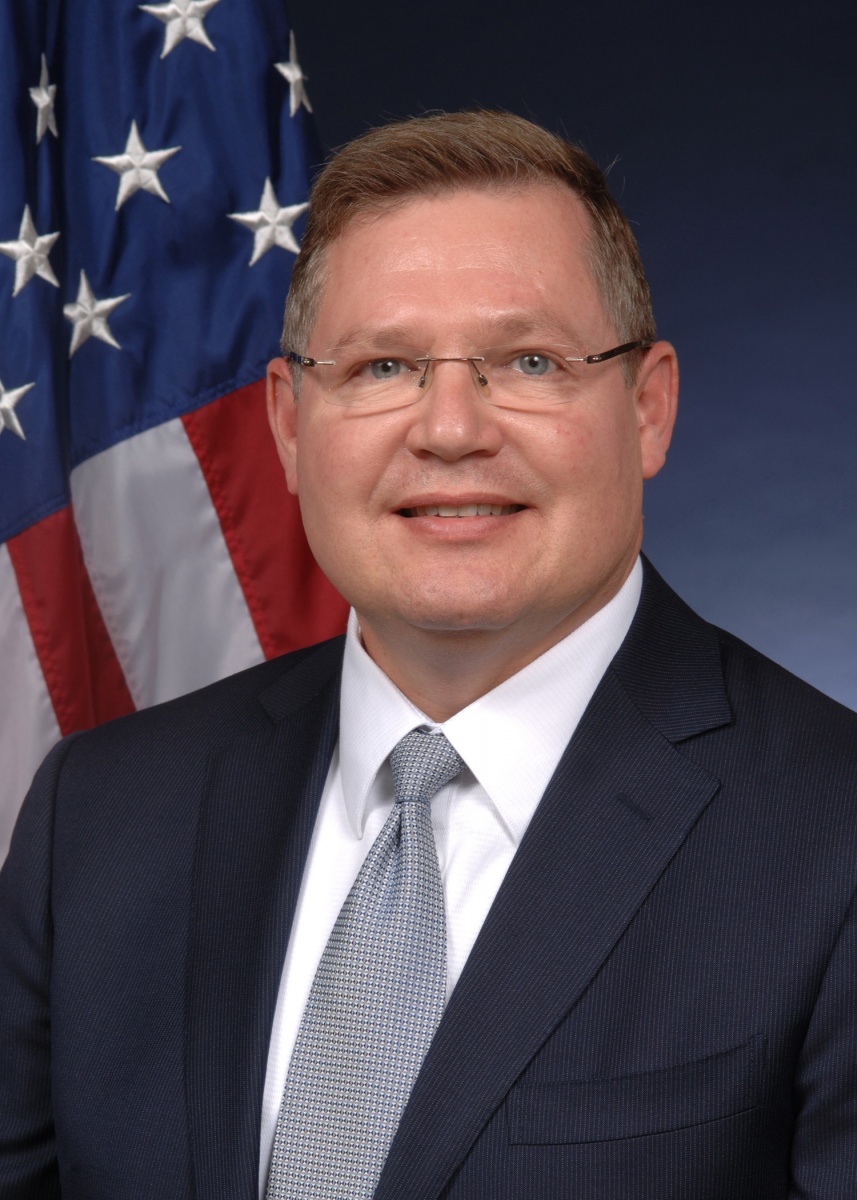Partnering for the Future: How the U.S. Government Is Breathing New Life into Manufacturing Innovaton
IN THE U.S. INNOVATION game, there have always been several players on the field—from federal, state and local governments, to colleges and universities, to non-profits and industry associations, to corporate giants and their suppliers. Often, these groups partner in the interest of innovation, bringing together the country’s best and brightest to generate the ideas today that result in tomorrow’s technological breakthroughs.

The federal government has always played a key role in U.S. innovation, and contributes greatly with both money and resources to R&D for the manufacturing sector. Prior to the current manufacturing resurgence, U.S. manufacturing experienced a decline of epic proportions. The industry had been stable for decades at about 17 million manufacturing workers and then, suddenly— around 2001—the U.S. lost a third of its manufacturing workforce when 55,000 factories closed, swinging the U.S. into a trade deficit across a number of manufacturing sectors it once dominated.
Fast forward to 2011. President Obama put manufacturing on his priority list and launched an initiative to address its decline. He commissioned the President’s Council of Advisors on Science and Technology, or PCAST, to study the issue and make recommendations on how to revive manufacturing. PCAST concluded that, in order to create high-quality manufacturing jobs and enhance America’s global competitiveness, the U.S. must establish a strong national innovation policy.
As a result, the National Network for Manufacturing Innovation (NNMI) was created to ramp up advanced manufacturing technologies and processes, and address the widely reported talent shortage in the sector. Congress overwhelmingly voted to authorize a federal investment, which would be matched by private funds to create an initial network of up to 15 institutes that would focus on a specific area of study. The ultimate goal: to create some 45 institutes over the next ten years.
The innovation hubs will focus on educating and training workers in specific advanced manufacturing areas like 3D printing, digital manufacturing, light-weighting of metals, wide bandgap semiconductors, flexible hybrid electronics, integrated photonics, clean energy, and fibers and textiles—the areas that drive America’s future economic competitiveness. It’s been reported that nine of these hubs are slated to be up and running by the end of the year, so NNMI’s mission is already well underway.
Mike Molnar is director of the National Institute of Standards and Technology (NIST) Advanced Manufacturing National Program Office—the organization charged with supporting the development and execution of NNMI—and says NNMI institutes will catalyze the federal investment by creating a new space where industry and academia can work together on scaling up innovation.
“Currently, there are five institutes established and four more competitions underway,” said Molnar. “In the President’s 2016 budget, there’s a request for seven additional institutes.”federal investment by creating a new space where industry and academia can work together on scaling up innovation.
The institutes are public-private partnerships operated by an industry-led consortium. The government provides the startup funding over a five-to-seven-year period that must be at least 100 percent matched by the consortium. While partial funding is being provided by the U.S. government on a short-term basis, Molnar says the actual owners are members of the consortium that make up each institute.

“Let’s use the Digital Manufacturing and Design Innovation Institute (DMDII) as an example,” said Molnar. “The operating team is UI Labs, short for University-Industry Laboratories—an organization established by the University of Illinois. They manage the institute on behalf of the overall consortium—all the members who chose to join the institute. These are industry-leading companies and their tier-one and tier-two suppliers such as General Electric, Procter and Gamble, Microsoft, John Deere, Boeing, Caterpillar. And it’s academic partners like Illinois, Iowa State, University of Michigan, University of Cincinnati, Purdue University, University of Wisconsin, Ohio State, Northwestern. It’s all of them working together.”
The idea, Molnar says, is for the government to help catalyze partnerships that will help manufacturing reach the big, audacious goals that no single company can achieve by themselves. In the Advanced Composites Manufacturing Institute for example, it is about scaling up the materials for significantly reduced cost, opening up new uses and markets.
“They’re asking, how do we develop the processes so that this composite can be made at 50 percent less cost, and increase recyclability up to 95 percent?” said Molnar. “If you achieve that, then suddenly the demand is established, supporting an expanded supply base, creating a manufacturing hub for new markets. No single company, university, or government agency can address that big challenge by themselves. But working together, we can.”
To take advantage of the nation’s potential to re-emerge as a world leader in manufacturing innovation, it seems the government should also capitalize on regional opportunities for growth in the industry. For example, a recent report by The New England Council and Deloitte predicted that over the next ten years, a total of 105,002 job vacancies will go unfilled in New England as advanced manufacturing industries grow, but educational programs fail to fill the demand for new workers. To solve the problem, the New England Council and Deloitte recommend the region secure a federally funded advanced manufacturing facility to serve as a hub for innovation.
It is too soon to tell whether these hubs will succeed in producing the ideas today that will lead to tomorrow’s technological breakthroughs, but if history has proven anything, it’s that collaboration between the public and private sectors can be a very powerful tool in strengthening U.S. manufacturing, and is vital to maintaining America’s position as the world’s leading innovator.
- Category:
- GrayWay
- Manufacturing
Some opinions expressed in this article may be those of a contributing author and not necessarily Gray.
Related News & Insights
Manufacturing
The Innovation Race: Why It's More Important Than Ever for Public & Private Sectors to Invest in Basic R&D
GrayWay
Manufacturing, Construction
Top Reasons to Hire a Self-Perform Contractor
Industry
Manufacturing, Equipment
The Benefits of Data Collection in Equipment Manufacturing
Industry

